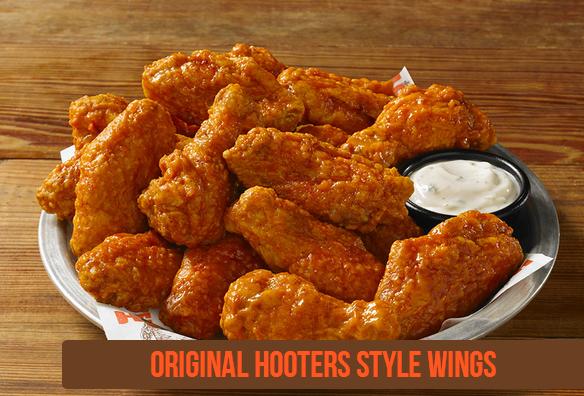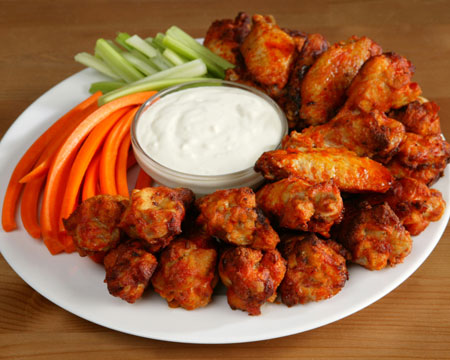|
1. A “euphemism” is a polite word you use
instead of a more direct one to avoid shocking or offending
someone. Explain why “endowments” in paragraph 1 is an
example of a euphemism.
Response
2. Why is the word “girly” in
paragraph 2 enclosed in quotation marks?
Response
3. What is the purpose of
paragraph 3?
Response
4. Supply the missing word in the
blank in paragraph 3.
Though;
while; Although
5. What is the main idea of
paragraph 4? Is it directly stated or implied?
Response
6. How many possible reasons are
given to explain tomboyism?
Response
7. What is the relationship
between paragraphs 6 and 7?
Response
8. What does the expression “On
the flip side” (paragraph 8) mean?
On
the other hand; on the contrary
9. In your own words, what
influence do “prenatal hormones” have on adult behavior?
Response
10. What does “which” in
paragraph 9 refer to?
Academic
excellence; performing well in school; "excelling in
school"
11. According to the article, is
tomboyism the same as lesbianism? Explain.
Response
12. Explain the highlighted
sentence in paragraph 11: “Whether there is any real link to
homosexuality depends on how you define tomboyism, says
Carr.”
Response
13. Supply the missing word for
the blank in paragraph 11.
While
14. What does the last sentence
mean: “But they can't talk to me about who got traded
yesterday”? How does it help to explain White’s appreciation
for her male friendships?
Response
15. Using context clues, infer the meaning of
the following:
a. averse to (¶1) unhappy with; refusing to
[awkward]
b. shun (¶3) reject; turn away [awkward; wrong
subject and object]; antonym of prefer;
opposite of prefer
c. emulate (¶4) imitate; copy; follow
d. pigeonholed (¶7) classified; labeled;
fixed; stereotyped; categorized; filed; confined
|

